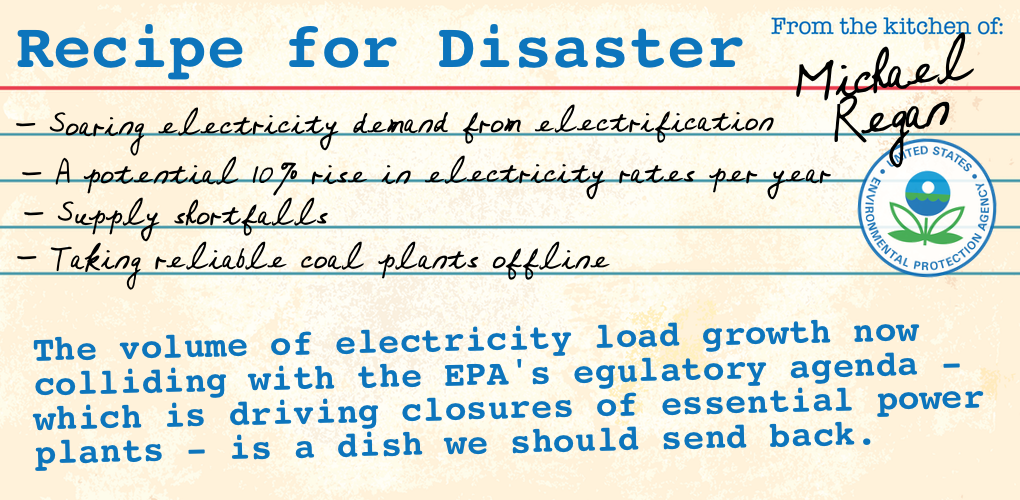
Inheriting an Electricity Affordability Crisis
In March of this year, federal data revealed the rise in electricity prices was far outpacing general inflation. With electricity demand beginning to soar from electrification, and most notably the data center and AI revolution, that trend is only poised to accelerate.
According to new analysis from a leading energy consultancy, utilities are now facing “potentially overwhelming demand” that could force a 10% rise in electricity rates per year. Repeat: PER YEAR.
According to the Bain & Company report, some U.S. utilities may need to increase their annual generation by more than a quarter over the next three years in order to meet rising electricity demand, a growth rate far above anything utilities achieved between 2005 and 2023.
Data centers alone could account for 44% of U.S. electricity load growth from 2023 to 2028. The extent of the new demand in the pipeline is “enormous,” said Aaron Denman, the head of Bain’s utilities and renewables practice in the Americas and lead author of Bain’s report.
“It’s both the magnitude of what needs to get built and then … how do we build it in an affordable way? Because it’s going to drive scarcity,” Denman said.
“Even before data centers, we were talking about bill growth in the 7% to 9% [per year] range,” Denman said. “And then you add another 1% to 2% from data centers, on top of that, it becomes really extraordinary in terms of bill and rate growth.”
Other recent analysis from the consulting group Wood Mackenzie found that just six utilities have noted 93 gigawatts (GW) of data center interconnection capacity this year, nearly four times the total capacity of 2023.
The volume of electricity load growth now colliding with the U.S. Environmental Protection Agency’s (EPA) regulatory agenda, which is driving closures of essential power plants, is a recipe for disaster. Power supply shortfalls are now a given. Grid operators across the country are projecting demand eclipsing supply before 2030.
Paying More for Less Reliable Electricity
Unfortunately, soaring rates – which in theory would mean more generation coming to the market – are no cure-all for shortfalls. While they may work to incentivize generation additions, the loss of so much dispatchable capacity due to regulatory mandate, along with ongoing challenges to bring new renewable capacity and enabling infrastructure to market, could simply mean paying far more for a less and less reliable supply of power.
Consider what is already happening in capacity markets, a sort of insurance premium provided to power plants to ensure they will be available when needed most. Capacity payments to generators in PJM, the nation’s largest wholesale electricity market serving 65 million Americans, jumped a remarkable 800% this summer. PJM estimates that the higher capacity prices will add an estimated $14.7 billion to customer rate payments—payments that have already jumped.
According to CBS News’ price tracker, the cost of electricity has increased from $0.14 per kilowatt hour in 2019 to $0.18 per kilowatt hour in 2024—a change of more than 28.5%. For many Americans, the rise in electricity prices has been even steeper. Just ask the folks in California.
According to reporting in The Wall Street Journal, power prices for many Californians jumped 82% in the past 10 years. Working-class Californians are now paying 65% more for their monthly electricity bills than they’re paying for rent. Small businesses have to keep their thermostats at 85 degrees to stay afloat and retirees are now sending half of their social security checks straight to utilities each month just to manage power bills for mobile homes.
Our next president is inheriting not only a grid reliability crisis and the very real threat of power shortages but also an electricity affordability crisis. It’s a crisis that will have – and in some states is already having – a profound impact on the cost of living and the ability of business to compete. It’s past time to choose affordable, reliable energy and the policies that support it, not undercut it.
- On October 30, 2024
